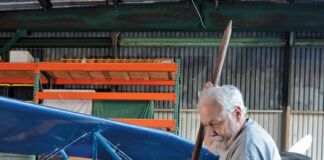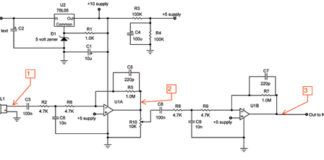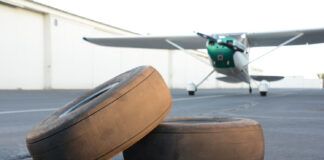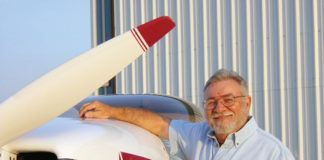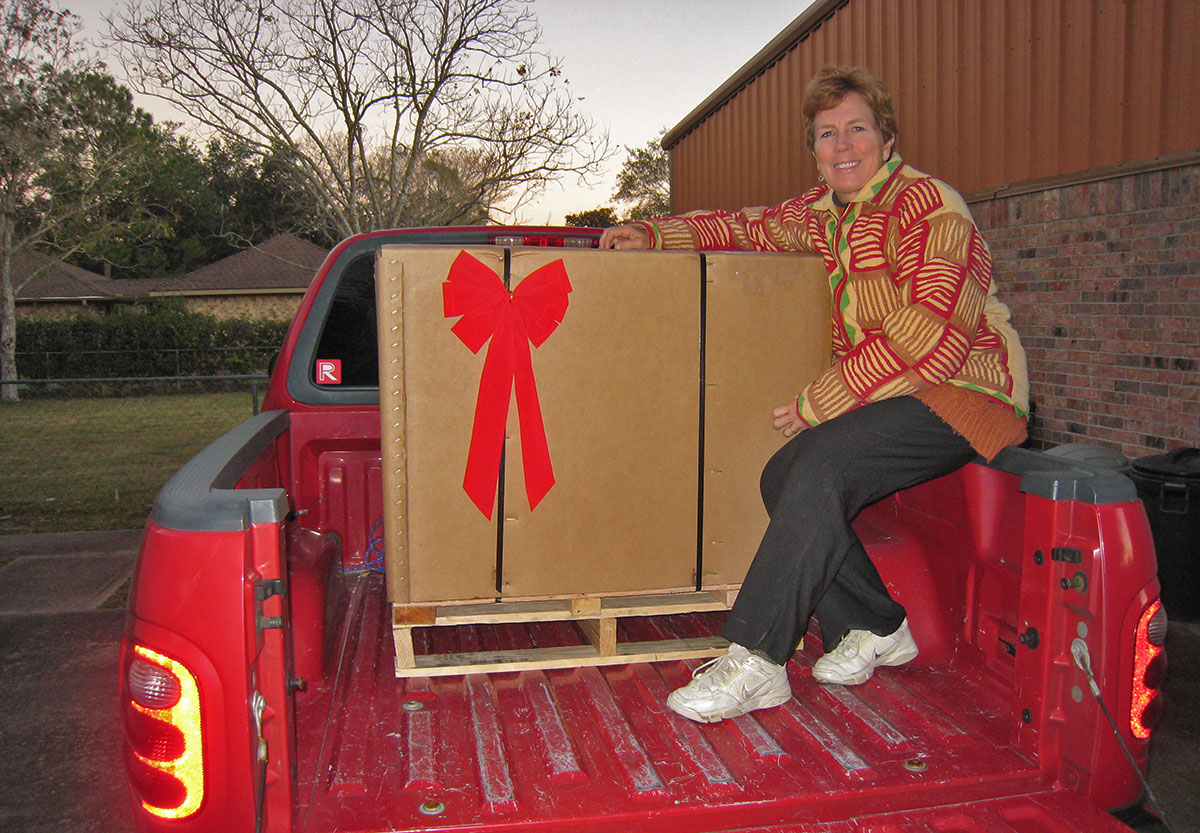
As I was reading the mail this morning, I saw press releases from all three major manufacturers of “Lycoming Compatible” PMA’ed engine parts. (I add that PMA qualifier because, believe it or not, there are many small manufacturers of small parts that fit these engines – but the “Big Three” can build you an entire engine from parts). Those three are Lycoming itself, Superior Engines, and Continental Motors Titan engine division.
Poring over Oshkosh announcements from all three got me thinking about the engines I have out in my own hangar, hanging off our stable of airplanes. The RV-8 (the one I built first) has an engine built up by the old Mattituck Services out of an ECI (now Continental) kit. It has since been retrofitted with replacement Lycoming cylinders – but started life with parts out of the old San Antonio facility.
The RV-6 that my wife brought to the marriage is sporting a factory-built Lycoming that is all original, and still running strong a few hundred hours beyond the nominal TBO numbers. Compressions, oil analysis, and general running condition tell us its still a keeper.
Our RV-3 sports another Mattituck-built engine – but this one came from an all-Lycoming kit. With 600+ hours on it, the engine is performing flawlessly, and uses a little less than a quart of make-up oil between 50 hour changes.
And finally, our Tundra is being hauled through the air by an IO-360 built from a Superior kit by Eagle Engines (no longer assembling engines) of Redding, CA. This engine went through two previous owners as a “zero-time” power plant before ending up with the founding partner of our Tundra project. After sitting for ten years in desert environments, it has been running great for the first 110 hours we’ve put on the airplane – leaking nothing, and giving good, solid performance numbers.
So when someone asks me if they should choose one engine component maker over another, I have a hard time giving advice – I have had good performance from them all – and changes in the industry over the years has made some choices obsolete anyway. All three build certified parts that meet (or exceed) the original specifications to the satisfaction of the FAA. What probably makes more difference is who built the engine – who put the parts together.
But that is a topic for another day.










